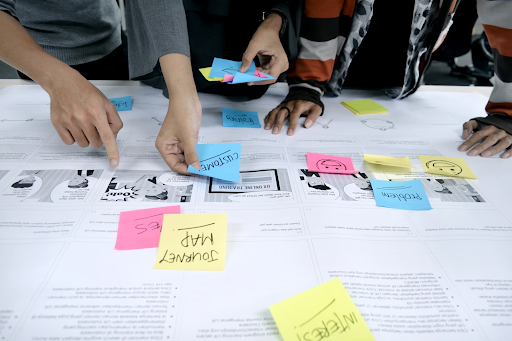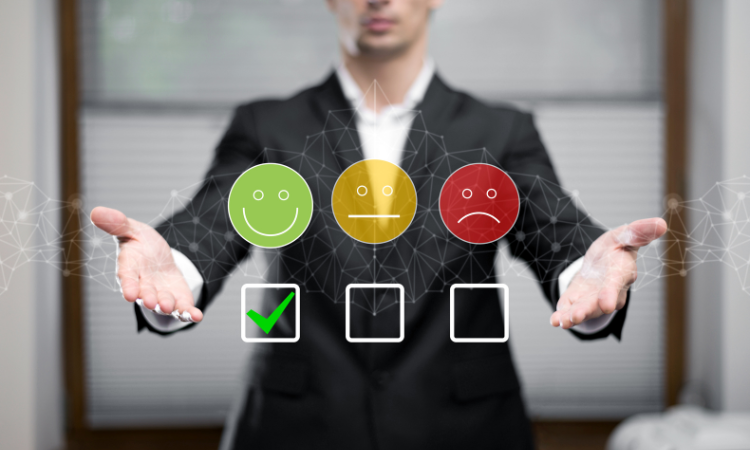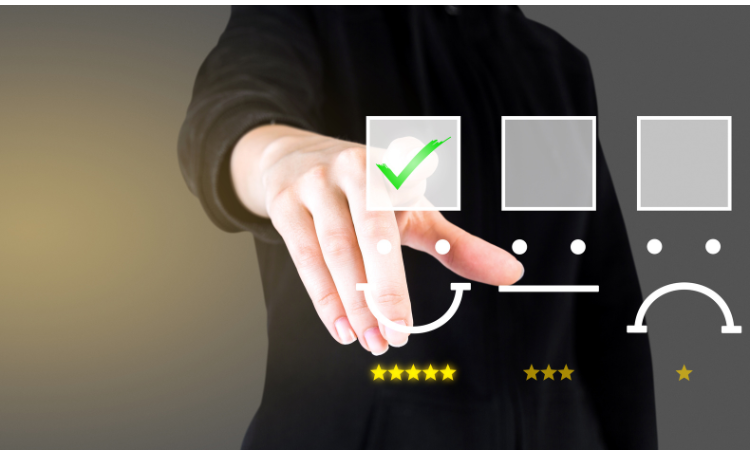"Customer experience" describes the overall impression customers have with a company, from the initial contact through all points of interaction. Throughout all stages of the buyer's journey, customer experience plays a significant role in driving loyalty, retention, and repeat business.
Between people and products, customer experience plays a significant role in brand perception and loyalty. Companies that focus on delivering exceptional customer experience can gain a competitive advantage, increase customer retention, and drive more referral business. This guide will help you to create a comprehensive plan for improving your customer's journey with your company.
Understanding Your Customers
Before you can reap the benefits of customer experience, you need to have a deep understanding of your customers. This involves identifying your target audience, analyzing their needs and expectations, and mapping their journey with your company. Using a CSAT platform allows you to gather real-time feedback, helping you measure and improve customer satisfaction at each touchpoint.
Identifying your target audience
User segmentation plays an essential role in understanding your customers. You can segment your users based on the following elements:
- Demographics: Identify the age, gender, income, education, and other demographic factors that define your ideal customer.
- Psychographics: Understand your target audience's lifestyle, preferences, values, and attitudes to better tailor your messaging and offerings.
- Behavioral factors: Determine how your customers interact with your brand, their buying habits, and their preferred channels of communication.
Analyzing customer needs and expectations
Understanding your customers' needs and expectations is essential for designing a customer experience strategy that exceeds their expectations. To gather these insights, consider using the following methods:
- Surveys and questionnaires: Collect customer feedback through online surveys (like smiley face surveys, 1-5 rating surveys, etc.) email questionnaires, or in-person interviews. This will help you identify their pain points, preferences, and areas for improvement.
- Social listening: Monitor social media platforms and online forums to understand what your customers are saying about your brand, products, and services. This will provide valuable insights into their needs and expectations. Detailed social media reporting can further help analyze trends and measure the impact of customer sentiment on your brand's reputation.
- Customer reviews and feedback: Analyze customer reviews and feedback on your website, third-party review sites, and other channels to identify trends and areas for improvement.
Mapping the customer journey
A customer journey map is a visual representation of the various touchpoints and interactions customers have with your company. Mapping the customer journey enables you to identify pain points, areas for improvement, and opportunities to deliver a better experience. Here's how to create a customer journey map:
- Touchpoints: Identify all the points of interaction your customers have with your brand, such as your website, social media, BPO customer service, and in-store experience.
- Pain points: Determine where customers face challenges or frustrations during their interactions with your company. These can include long wait times, complicated processes, or unresponsive customer service.
- Opportunities for improvement: Once you've identified pain points, brainstorm solutions to address these challenges and enhance the overall customer experience. This may involve streamlining processes, improving communication, or offering more personalized services.
Designing Your Customer Experience Strategy
With a clear understanding of your customers, you can now design a customer experience strategy that caters to their specific needs and preferences. In this process, you will establish a customer-centric culture, personalize customer interactions, and streamline their journey. Embracing technology, such as chatbots, can further enhance the customer experience.
Establishing a customer-centric culture
Creating a customer-centric culture within your organization is crucial for delivering exceptional customer experiences. Consider the following approaches:
- Employee training and development: Invest in regular training programs to equip your team with the skills and knowledge required to provide outstanding customer service.
- Internal communication: Foster open communication within your organization to ensure everyone understands the customer experience and their role in delivering it.
- Leadership commitment: Gain buy-in from top management to demonstrate their commitment to a customer-centric approach, setting the tone for the entire organization. Establish a clear crisis communication plan to help employees handle unexpected challenges that may affect customer relationships.
Personalizing customer interactions
Personalization is a critical component of a successful customer experience strategy. Use the insights gained from your research to tailor content and offers to individual customers, providing them with more relevant and engaging experiences. Tools such as website personalization and AI Agent for Customer Service can help you deliver highly personalized interactions quickly and easily.
Streamlining the customer journey
When customers don't have to wait long to get the answers they need or complete their purchase, it results in a better experience. Streamline your customer's journey by creating a frictionless checkout flow, reducing response times, and providing self-service options to address their needs quickly and efficiently.
Leveraging Technology to Enhance Customer Experience
Incorporating technology into your customer experience strategy can significantly improve the quality of your interactions with customers. Consider leveraging the following tools:
- Chatbots: AI-powered chatbots can provide 24/7 customer support and respond to common inquiries quickly and accurately.
- Analytics: Track customer interactions across channels, such as your website, third-party review sites, and other channels, to identify trends and areas for improvement.
- CRM software: Use a customer relationship management (CRM) system to store customer data and gain insights into their preferences.
The key to using technology is making sure it complements and enhances the customer experience, not detracts from it. Chatbots can provide customers with the help they need quickly and accurately, but should always be paired with a human support option for more complex inquiries.
Personalization at Scale
Personalization at scale refers to the process of delivering customized experiences to a large number of customers simultaneously. By leveraging data, technology, and automation, businesses can create unique and relevant experiences for each customer while still catering to a broad audience.
Personalization at scale is essential in today's competitive market, as it allows companies to stand out from the competition, drive customer satisfaction, and increase brand loyalty. In the context of customer experience, personalization at scale operates in several ways:
- Data collection and analysis: Gather customer data from various sources, such as purchase history, browsing behavior, and social media interactions. This information can provide valuable insights into customer preferences, needs, and expectations. Exploring a Supermetrics alternative can also simplify the process of pulling data from different platforms, making analysis more seamless and effective.
- Customer segmentation: Group customers into real-time customer segmentation based on shared characteristics, such as demographics, behaviors, or interests. This enables businesses to tailor their marketing, sales, and customer support efforts to address the unique needs of each segment.
- Dynamic content: Use algorithms and machine learning to dynamically generate personalized content for each customer. This could include product recommendations, tailored promotions, or targeted marketing messages based on individual preferences and behaviors.
- Marketing automation: Implement marketing automation tools to deliver personalized messages at the right time and through the right channel. This ensures that customers receive relevant and timely communications, leading to increased engagement and satisfaction. Furthermore, the integration of top email analytics tools into marketing automation empowers marketers with valuable insights into email performance, facilitating data-driven refinements in their automation strategies for more targeted and effective campaigns.
- Insights with AI: Use AI and machine learning to analyze customer data, identify patterns, and predict future behaviors. This enables businesses to anticipate customer needs and offer personalized experiences ahead of time.
- Omnichannel personalization: Ensure consistency in personalization across all channels, including websites, mobile app services, email marketing, and customer support. This creates a seamless and cohesive experience for customers, regardless of how they choose to interact with your brand.
Endnote
Using a personalized approach to customer experience can help businesses stand out from the competition and drive customer loyalty. By leveraging data, technology, and automation, companies can develop a customer experience strategy that is tailored to individual customers at scale. This will not only result in happier customers but also increased sales and revenue for your business.



.png)







